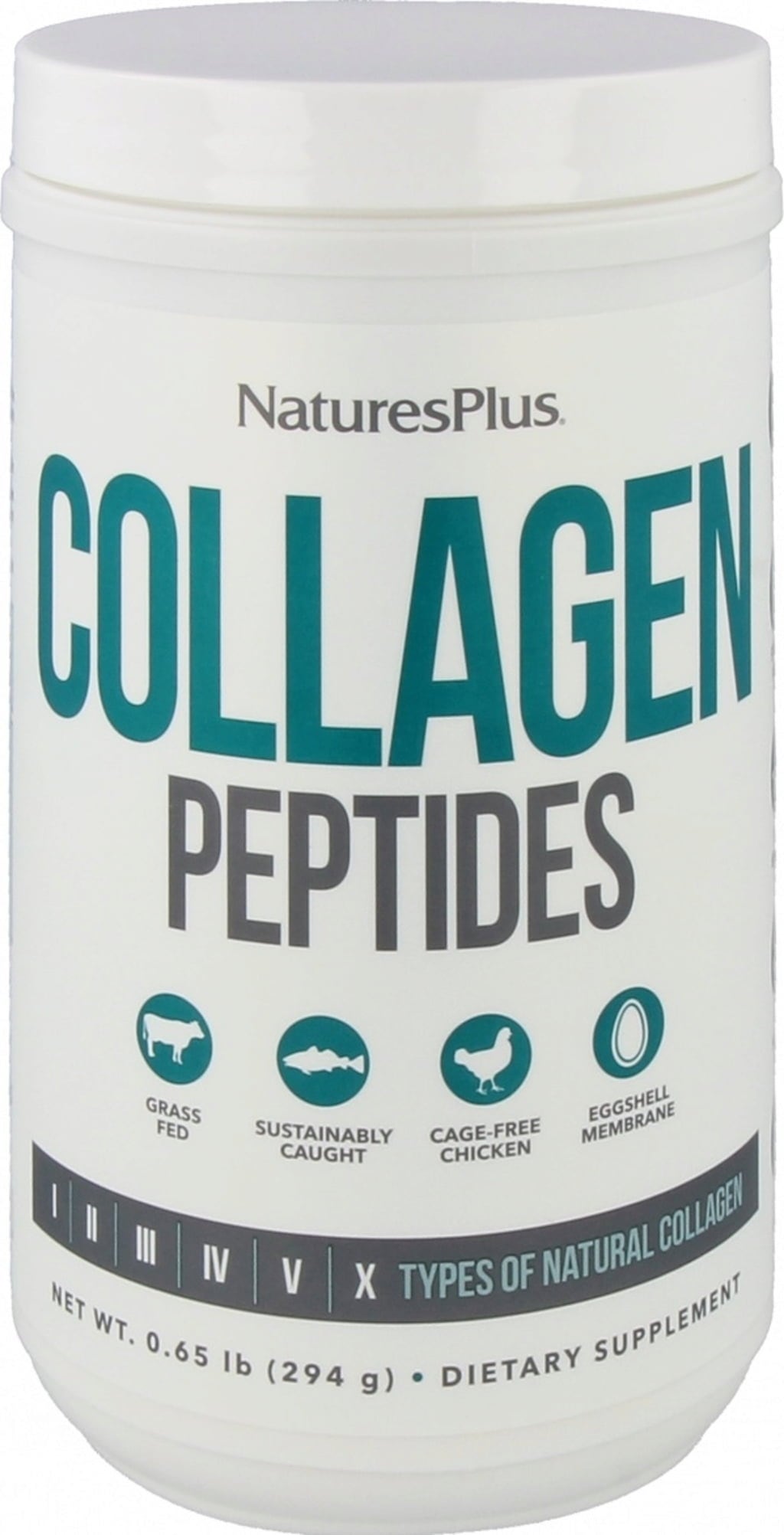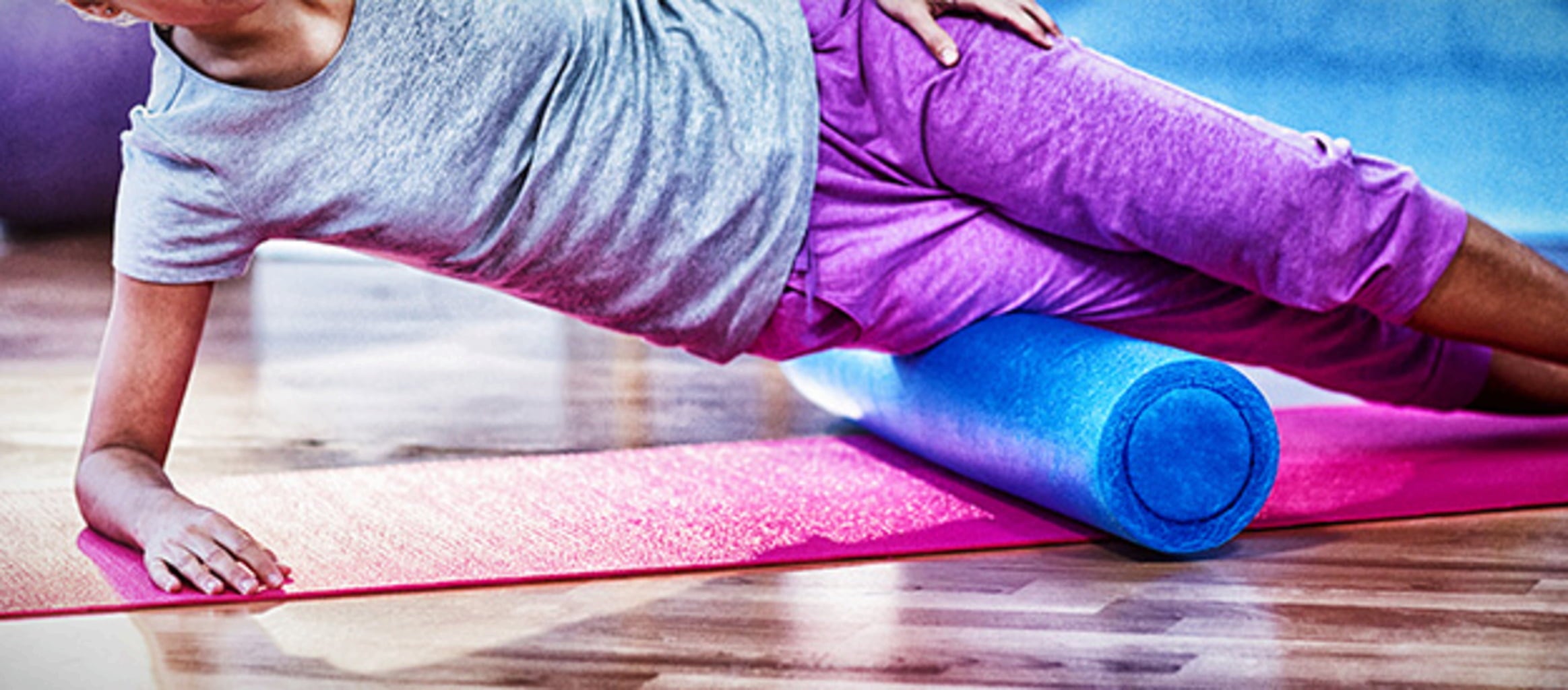Fascia Rollers - What are they?
A fascia roller is a foam device that can be used to loosen myofascial muscles. It can help relieve muscle tension, soreness and inflammation and improve joint mobility.
Fascia rollers are also an effective way to warm up or cool down before and after exercise.
Possible Positive Effects of Fascia Rollers
Fascia rollers have not been around that long, which is why there are still no confirmed scientific results about positive effects. Nevertheless, we would like to take a closer look at some of the possible positive effects that are claimed, especially by manufacturers, and test the truth of the statements.
1. Alleviation of Muscle Pain
Foam rollers could relieve sore muscles and reduce inflammation - there are initial indications of this, but these first need to be scientifically confirmed.
2. Increased Range of Motion
Foam rollers could help increase range of motion, leading to greater flexibility and performance. Again, more research is needed.
3. Temporary Reduction of Cellulite
Suppliers of some fascia rollers claim that the products can help loosen and break up fascia. Fascia is the connective tissue of the body and contributes to the appearance of cellulite. While using a fascia roller may help to smooth the skin temporarily, there is currently no scientific evidence that it can reduce cellulite permanently.
4. Relieve Back Pain
Using fascia rollers can be an effective way to relieve pain in the body. They can also help relieve tension in the back. However, care should be taken when using a foam roller for the back. It is easy to put further strain or injury on the back. So you should always use a fascia roller only after professional guidance for back pain.
5. Relaxation
Many people find foam rollers relaxing. Releasing tension in the muscles can help you feel less tense and therefore calmer. However, there is little evidence that foam rollers actually help you relax. It could also be a relaxation response more generally because they are doing something for themselves and the body.
Are Fascia Rollers Safe?
As with any sports equipment, correct use is crucial. If you perform the movements incorrectly, the risk of injury increases. However, in general, foam rollers are considered safe to use if you suffer from muscle tension or exercise regularly. Caution is advised if you have a serious injury such as a muscle tear, unless your doctor or physiotherapist has given you prior approval. Also avoid rolling over small joints such as knees, elbows and ankles as you could overstretch or injure them.
How to Choose the Right Foam Roller
A foam roller is usually cylindrical in shape and made of dense foam. These foam rollers come in different sizes and shapes and with different degrees of hardness.
Because of this wide selection, it may take some time to find the right foam roller for you. It is best to try out different models, degrees of hardness and sizes before you decide on one.
As a general rule, a shorter roller is more effective for smaller areas such as arms and calves. Shorter rollers are also easier to transport.
Let's take a closer look at some models:
- Smooth rollers are known for their smooth, dense foam surface. They are best for people who are working with foam rollers for the first time. They offer an even texture and do not have as intense an effect as rollers with a profile.
- Rollers with a profile have grooves and nubs. They are used to penetrate deeper into the muscles to release tension more effectively.
- There are also foam-covered massage sticks. These can be used for a deep massage of the legs or upper back.
- Foam massage balls can be used specifically for individual muscle areas.
Tips for Getting Started
- First of all, you should always seek medical advice and clarify whether it is possible for you to use a fascia roller without any problems.
- Then you should learn how to use a fascia roller the first few times under professional guidance. In this way, you will considerably reduce the risk of injury because any incorrect postures can be compensated for.
- Start with light pressure and increase as you get used to foam rolling. If your muscles are tight, foam rolling can be painful at first. To adjust the pressure, reduce the bodyweight you put on the roller. For example, when rolling your calf, support your body with your arms and take some of your body weight off the roller.
- Roll slowly over the sensitive areas for 10 seconds at first and then increase to 30 to 60 seconds at a time.
- Drink plenty of water afterwards to aid recovery.
- If you add a foam roller to your warm-up and cool-down routine, you may feel less muscle soreness in the following days.
Latest reviews
-
 5.0 (4)
5.0 (4)ENZBORN Icy Devil's Salve, 200 ml
- Moisturizes
- Cooling & refreshing
- Can be used with insect bites
-
 4.7 (3)
4.7 (3)NaturesPlus Collagen Peptides, 294 g
- 6 different types of collagen
- Sustainably obtained raw materials
- With an enzyme mixture
CHF 38.00 (CHF 129.25 / kg)Delivery by April 25

